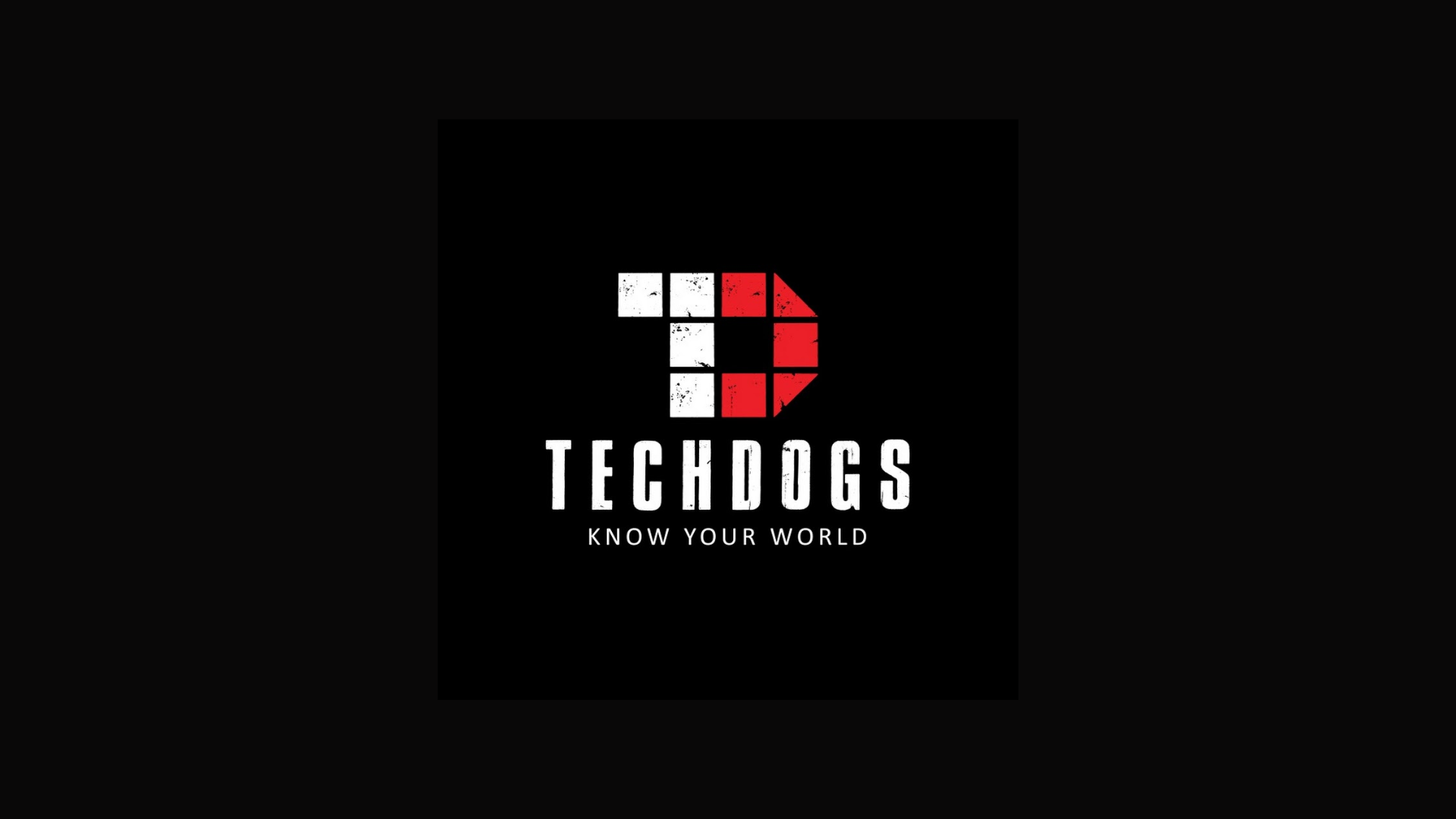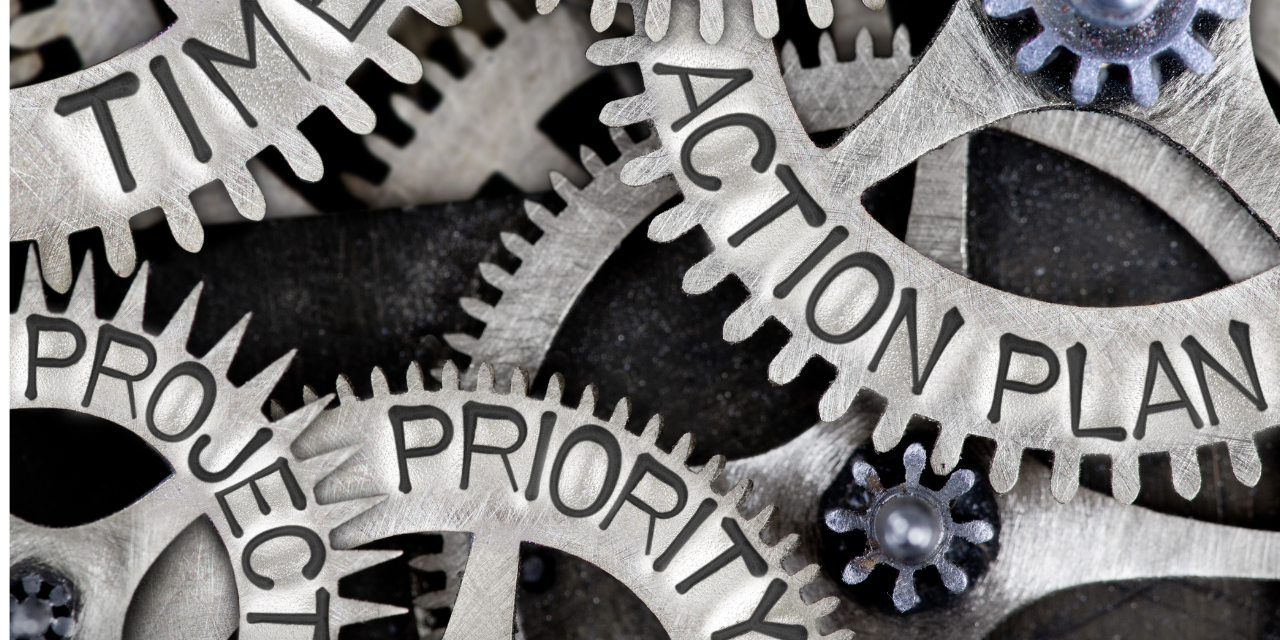
Prioritisation is the foundational stage for any Analyst Relations (AR) programme. Through prioritisation, you identify and rank the key analysts that influence your company’s target audience. This sets you on the right path throughout the programme.
Unfortunately, this is not always done correctly. In many cases, AR programmes put too much effort into engaging with analysts without prioritising who is influential. By only focusing your effort on engagement, you neglect the other steps in the process, and this can not only waste your time and resources in the long run, but it could also throw you off-track.
By creating prioritised analyst lists you will create path dependency: it tends to optimize and structure many subsequent choices. That optimization is important because:
- you can focus your time and expertise on building rapport and creating relationships with the most influential analysts;
- you can link service levels to resources – aligning your time and effort with the analysts that have the right amount of attention and influence that your company requires; and
- you can maximise your impact on the top analysts – allowing you to quantify what you can do with your company’s resources, and giving you the time to gain the insights that are valuable to your company’s audience.
The opportunity: prioritising the top analysts…
You must focus your effort to win advocacy. By knowing who the key analysts are for your company’s goals, you will resist internal and external requests to over-service less influential analysts, and you will be able to align your effort on the analysts most influential to your company’s audience. With that knowledge, you will be able to allocate higher service levels to the key analysts, focusing spokespeople and resources on analysts with the most significant influence. You are then in a stronger position to win advocacy.
So why does this not happen?
If you do not have a good prioritisation technique, you will get distracted by the other available metrics; metrics that do not hold as much value to achieving your targets.
By not focusing on top influencers you may focus on analyst firms that hold no influence, or increase meaningless analyst interactions. This will lead to a shortage of executive commitment, where your spokespeople will not get the analysts’ critical insights. This ultimately leads to a failure to win influence.
The solution: how do we prioritise the top analysts?
- Quantify the relevant analysts.
Using ARchitect’s Premium Content add-on or Analyst Observatory data you can highlight the right analysts and score both each analysts influence on research and the influence of the company they work for on audiences as diverse as buyers, channel partners, investors, and the media.
- Allocate analysts to tiers.
Allocating analysts to tiers will allow you to align the service levels you give to each analyst. The more influential analysts will require more of your time, effort, and resources, allowing you to clearly communicate and defend your AR programme’s priorities.
If you get both of these right, you will avoid over-serving ‘squeaky wheel’ analysts and have a solid, quantified, on which to justify how to focus your time.
- Improve relationships and insights.
Your relationship with the top analysts will improve, allowing you to increase responsiveness and cadence with these analysts. By doing so, you also create deeper relationships with top analyst firms. You will gain insights from the analysts with the most influence on your company’s audience.
In practice…
Begin with the end in mind: understand your target audience and your AR goals. Quantify the influence of the relevant analysts and rank them into different tier lists.
Synergise: review new analysts quarterly and re-prioritise with updated influence scores for the analysts. Re-evaluate your approach and re-tier analysts to reflect the change.
Sharpen the saw: use analytics to compare your interactions against your planned service levels and deepen the profiles of analyst firms’ influence.
Resources and approaches – how to make it work?
Start by setting goals: you will not be able to meet every goal with one campaign. By setting goals, you will stay on the right track, allocating the correct amount of time and resources to the right people.
Avoid filtering your analysts by their social profiles: the easiest mistake to make… Analysts who are in the media every day are not necessarily working with your prospects. By doing so you may shift your gaze and your attention from the analysts who influence investors and buyers.
ARchitect: the ARchitect database is the most comprehensive repository of information in the Analyst Relations industry (although Spotlight OZ is narrowing the gap every year). The ARchitect product is essential in ensuring our success and you could be harming yourself by not using it!
CCgroup: we are here to help! We can help with prioritisation, and we can also help with every other step of the AR programme: prioritisation, alignment, engagement, evaluating outcomes and leveraging output! Contact us to get started.
Want to know more? If you would like to learn more about prioritisation and how to focus your Analyst Relations, you can email us at [email protected].














